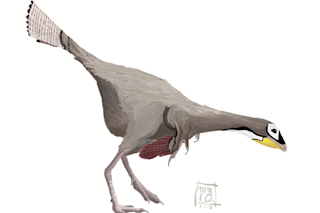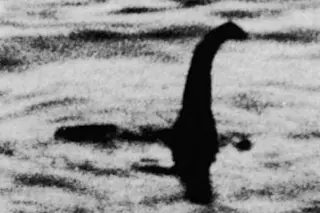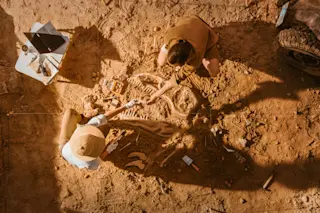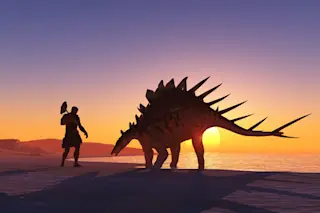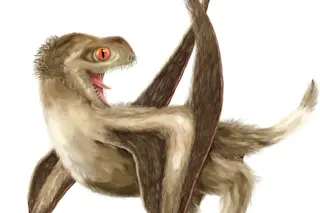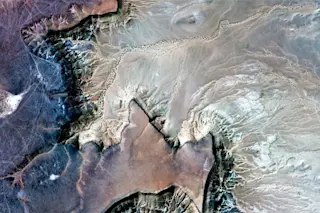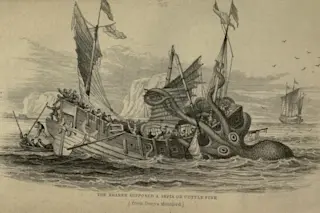This past year Rodolfo Coria stopped digging up the world’s biggest dinosaur. He’d been digging for six years, on a dry plain in northwestern Patagonia, and it was just taking too long and costing too much. The fossil is buried five miles from where Coria works, at the tiny Carmen Funes Museum in Plaza Huincul, Argentina, but every time Coria wanted a piece of it he had to rent jackhammers and an air compressor, spend a week carving out a two-ton block of rock, haul that rock back to the museum, and spend two or three months chipping away at it to extract the bone. In 1995 he found the dinosaur’s pubis and a piece of what looks like its lower jaw, but then he decided to call it quits for a while. There are other things in life besides excavating Argentinosaurus, the biggest animal that ever walked on land. For instance, there is Giganotosaurus carolinii, the biggest land carnivore--which, as Coria reported in Nature last September, was found by a fossil-hunting car mechanic named Ruben Carolini about 50 miles from Plaza Huincul.
Although Coria first described Argentinosaurus in an Argentinean journal in 1991, it was only in 1995 that word of the Gargantua spread beyond the paleontological grapevine. Argentinosaurus was a sauropod--a long-necked vegetarian--and it lived 100 million years ago, in the Cretaceous Period. Coria can’t be positive it was the biggest ever, because he hasn’t found the femur, which is the most reliable indicator of a dinosaur’s size and weight. But he does have the tibia, and from that he can estimate the femur length and the weight of Argentinosaurus. He puts it at around 100 tons--20 tons heavier than Seismosaurus, another sauropod and the previous world champion.
Coria does have the femur of Giganotosaurus, along with its five- foot skull--and the femur is two inches longer than that of the largest Tyrannosaurus rex. Moreover, the 40-foot-long Argentinean had a heavier frame. Coria thinks it weighed eight tons, three tons more than T. rex. Though the two dinosaurs may look like killing cousins, they’re not very closely related. Giganotosaurus roamed South America around the same time Argentinosaurus did, 100 million years ago, while T. rex lived in North America 30 million years later. Although they both descended from a smaller bipedal carnivorous dinosaur, they reached their amazing sizes independently.
Like T. rex, Giganotosaurus was either a killer or a scavenger, and it may well have used its ten-inch-long serrated teeth to bring down the likes of Argentinosaurus. It’s harder to see how Argentinosaurus might have satisfied the demands of its gigantic metabolism. Perhaps, Coria speculates, by eating many, many pine nuts: they’re high in calories, they’re a staple in the diet of Indians who still live nearby, and 100- million-year-old petrified wood that resembles the modern pine has been found in the area where Argentinosaurus lies buried.
But the truth is that Coria’s giant dinosaurs present a mystery that neither he nor anyone else can solve yet. I don’t think it’s a coincidence that there were two large dinosaurs living here, says Coria. Something happened 100 million years ago that produced them, but I don’t know what it was. On the other hand, we have discovered a huge 6-foot-long lungfish, and people have discovered giant 2-foot spiders and a 40-foot- long crocodile from southern Brazil. So maybe there is something about South America that encourages large animals.




